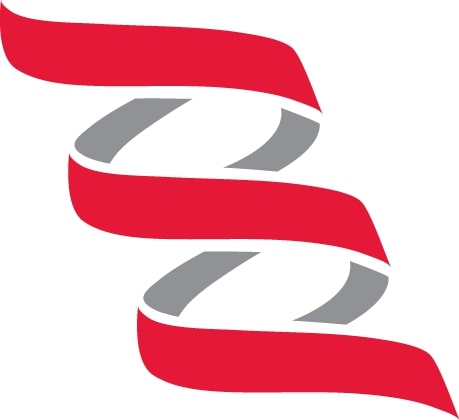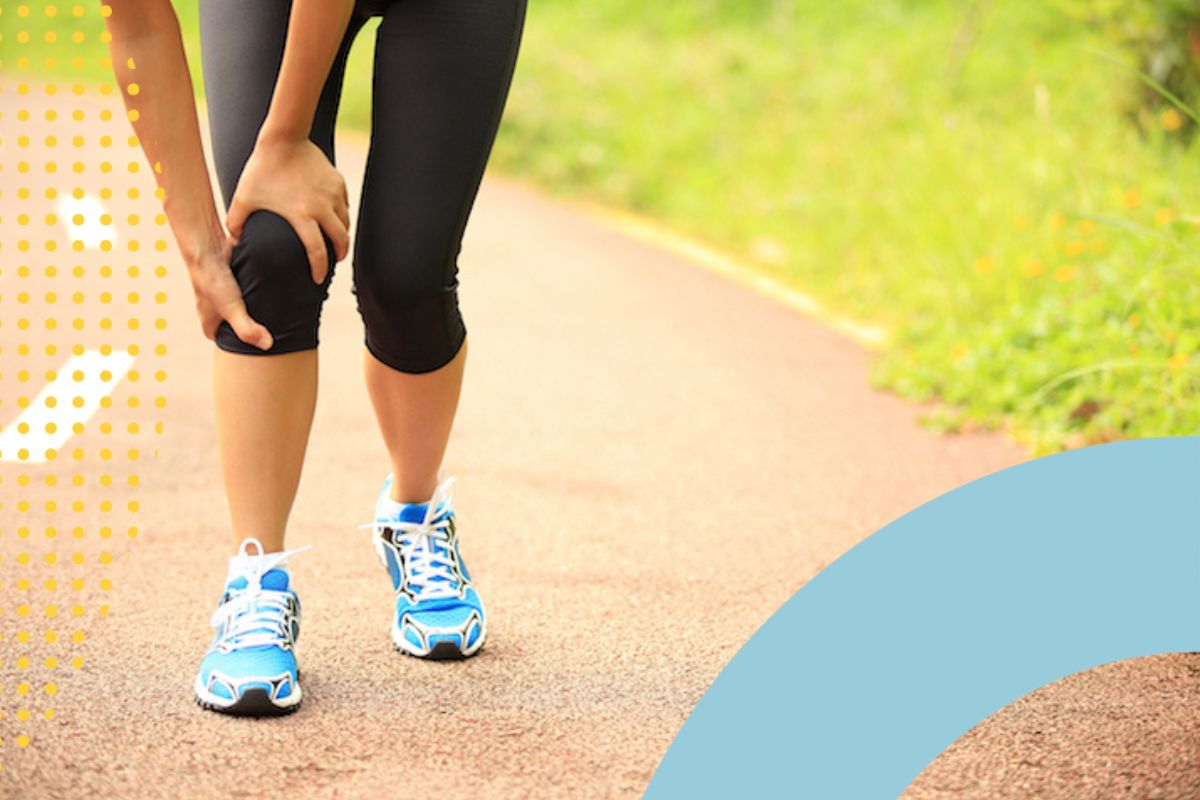If you’re hurt, I know it can really mess with your psyche. Therefore, props to you for thinking about nutrition for rehab at all. The challenging part is balancing eating enough calories, and the right kind of calories, for healing and repair while still reducing overall calories to stay in balance with a lower energy expenditure. Eating the right kind of foods can expedite the healing process in two ways: 1) reduce inflammation by including foods rich in omega-3 fatty acids and 2) include enough protein to repair damaged tissues as well as maintain lean muscle mass. Omega-3 fatty acids contain a substance called EPA (eicosapentaenoic acid) which is made into prostoglandins that signal the inflammatory system giving an anti-inflammatory message.
Nutrition for Rehab
Foods rich in omega-3 fatty acids include:
- Fatty fish like tuna, salmon, sardines, and herring (2-3 servings per week)
- Olive oil and canola oil
- Flax seeds (Make sure to use ground flax seed. Otherwise the oils stay within the seeds.)
- Add to cereal, yogurt, smoothies, salads,
- Walnuts (Add chopped nuts to salads, oatmeal, trail mix, or munch on a handful for a snack.)
If you find it hard to eat the recommended 2-3 servings of fatty fish per week, consider taking a fish oil supplement. I like the burp-free variety so I don’t re-taste the supplement all day and personally take a multivitamin with DHA/EPA in it. Eating plenty of high quality protein helps you heal and maintain as proteins (amino aids) are building blocks for new tissue. It’s also important to eat enough protein to keep as much muscle as possible during a reduced training period. Make sure to include ample carbohydrates (ie Atkins will not help an injury!) so that the protein can be used for growth and repair and not for energy. It’s best to choose lean protein foods because higher fat meats can increase inflammation and be counterproductive to the healing process.
Great sources of lean proteins include:
- Eggs (Avoid butter and margarine for cooking and hold the high fat cheese or breakfast meat pairings.)
- Beans and lentils
- Low fat yogurt or cottage cheese
- Chicken
- 93/7 ground turkey
- Fish
- Soy (Edamame, tofu, tempeh – don’t be scared! Try my fav marinated tofu recipe and experience a whole new side of soy.)
Foods rich in calcium and vitamin D can aid in bone healing and formation. Consider having your doctor check your vitamin D levels as many of us are deficient. I consider myself a very balanced eater and had well below normal levels. We don’t get enough sunlight during the hours of 10am-2pm and there aren’t enough food sources of vitamin D. Food sources of vitamin D are limited to the flesh and bones of fish (think canned salmon or sardines) and fortified dairy. Even meeting your recommended 3 servings of dairy a day gets you only 50% of the way to your vitamin D needs for the day. If you do find that your levels are low, plan to supplement alongside the fish oil; vitamin D is a fat-soluble vitamin and is absorbed better when taken with a fat. Vitamin C and zinc are also important nutrients while healing. Zinc plays a role in protein synthesis and wound healing and is found naturally in most animal products (especially oysters if you’re looking for an excuse to hit up the raw bar) as well as beans, legumes, oatmeal and yogurt. It’s best to get your zinc from food sources because supplements in high doses can cause nausea and vomiting. Vitamin C helps make collagen, the structural protein of connective tissues.
Get your Vitamin C from:
- Citrus fruits
- Red bell peppers (Red peppers have almost twice as much vitamin C as green peppers.)
- Kiwi
- Dark green leafy vegetables
- Broccoli
- Berries
- Tomatoes
- Peas
Nutrition for Rehab – Diet for a Day
(portions and calories will depend on your height, weight, and altered activity levels):
Breakfast – 1-2 slices whole grain toast with almond butter, “Healing Smoothie” with berries, spinach, flax seed, plain Greek yogurt, and unsweetened soy milk
Morning snack – hard-boiled egg, red pepper slices
Lunch – salmon salad with whole grain crackers, orange slices, and cherry tomatoes with hummus Afternoon snack – cottage cheese with kiwi and flax seed
Dinner – Ground turkey and black bean burgers with baked sweet potato fries and steamed broccoli with walnuts
Basically by sticking to the same diet that helps fuel performance and recovery, you will be helping your body get back into the game before you know it. If you’re nervous about overeating and gaining weight, consider reaching out to a Sports Dietitian (like me!) for more guidance with calorie recommendations and portion suggestions.
References
Academy of Nutrition and Dietetics. Sports Nutrition Care Manual. Nutrition from Rehabilitation from Injury. Accessed May 26, 2014.

